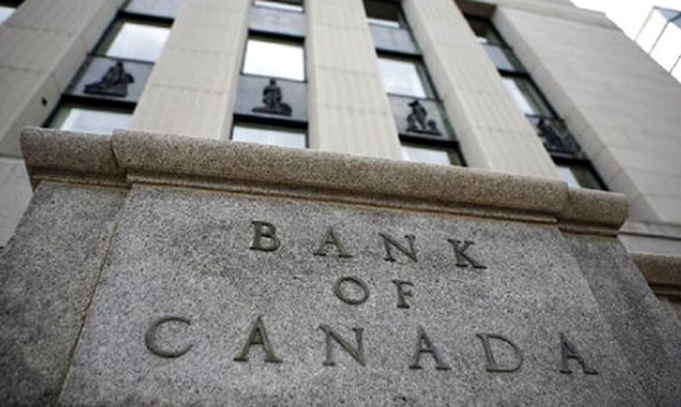Responding to global economic uncertainty in the face of the spreading coronavirus, the Bank of Canada has cut its overnight interest rate by 50 basis points this morning (March 4) to 1.25 per cent.
This is the first time that the Bank of Canada has cut its overnight target rate by 50 points in a single move since the 2008 economic recession.
The Bank of Canada said in a statement, “Before the outbreak, the global economy was showing signs of stabilizing. While Canada’s economy has been operating close to potential with inflation on target, the COVID-19 virus is a material negative shock to the Canadian and global outlooks, and monetary and fiscal authorities are responding.”
Phil Soper, CEO of national real estate brokerage Royal LePage, said, “Today the Bank of Canada joined other central banks in cutting its target interest rate, an appropriate step that it believes will mitigate the damage caused by the coronavirus. This new health scare has impacted families in many countries around the world and in the process has introduced new risks to our economies. While Canadians have been largely spared the full brunt of this health crisis to-date, the global community is coming together to address this international challenge.”
Brett House, vice-president and deputy chief economist at Scotiabank, who predicted today’s rate cut, said, “The scope and scale of the novel coronavirus epidemic are both now much greater than the Bank of Canada anticipated in January.”
Mortgage rate reductions
The move will likely prompt home financing lenders to cut their variable-rate mortgages by a corresponding amount – although, as James Laird, co-founder of RateHub.ca and president of mortgage brokerage CanWise Financial, stated, “there have been times when lenders have not passed along the full savings to their customers.”
RateHub.ca said that, if receiving the full 50-point cut, a mortgage holder with a variable rate of 2.6 per cent and a monthly payment of $2,102 would see their rate decreased to 2.1 per cent and their monthly payment reduced to $1,987. This means the homeowner would save $115 per month, or $1,380 per year on their mortgage payments, compared with what they were paying before the rate cut.
Fixed-rate mortgages, which approximately 80 per cent of Canadian homeowners hold, will not be immediately affected. However, as Laird added, “The bank’s stance will cause bond yields to continue to decrease, which means Canadians shopping for a fixed-rate mortgage can expect rates to fall and will likely approach the record lows of 2016. Anyone shopping for a home should check rates frequently as they will continue to decrease through the spring.”
More buying power
Cuts in variable rate mortgages, and predicted cuts in fixed rates, will give home buyers more buying power, but only in the short term. This effect, combined with the easing of the mortgage stress test qualification level coming into play April 6, could create greater demand for housing, at a time when there is already increasing demand in many markets. In turn, this could push up home prices, eventually cancelling out the increased buying power initially created by the lower interest rates.
Laird said, “The home buying process will become even more difficult as the low rates will increase buying power and bring more demand into the already hot market."
Soper added, “I have previously spoken to the paradox that interest rate cuts, made in response to economic weakness, can bolster housing markets. Many of our major cities are enduring structurally persistent housing shortages. This excess of demand for housing compared to the supply of homes available, be it for rent or for purchase, puts constant and often unhealthy upward pressure on prices… These moves will be welcomed in markets that are struggling with inconsistent growth, such as in Calgary or St.John’s, and potentially spurn uncomfortably high home-price inflation in our hottest markets.”



